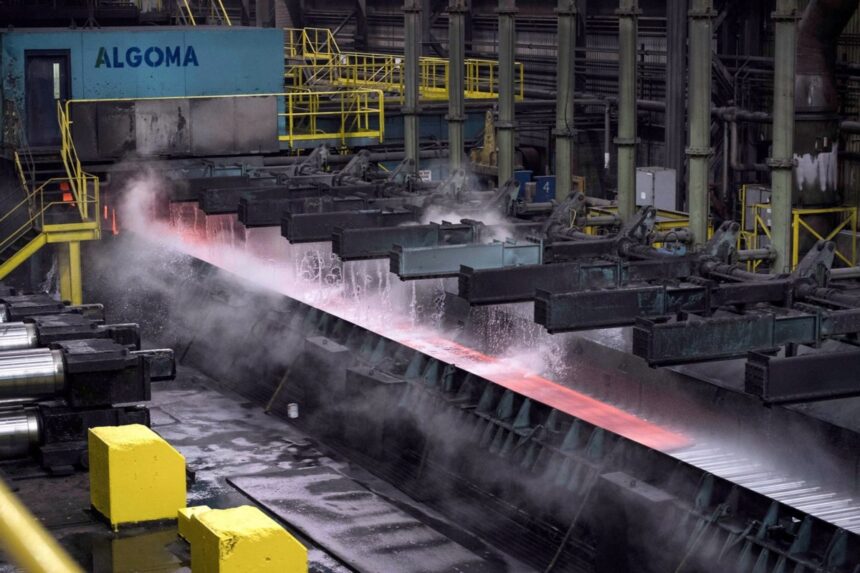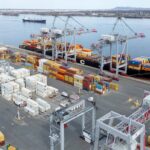In the sprawling industrial landscape of Hamilton, Ontario, a quiet revolution is unfolding at ArcelorMittal Dofasco. The steel giant is undertaking a $1.8 billion transformation of its operations, swapping out coal-fired blast furnaces for electric arc furnaces that promise to slash carbon emissions by a staggering 60 percent. This ambitious project represents the dawn of a new era in Canadian steel production—one that arrives at a time of unprecedented market volatility and uncertain demand.
“We’re essentially rebuilding the heart of our steelmaking operations while continuing to run the plant,” explains Ron Bedard, President and CEO of ArcelorMittal Dofasco. “It’s like performing open-heart surgery on a marathon runner without missing a stride.”
The Hamilton facility isn’t alone in this green transition. Algoma Steel in Sault Ste. Marie is investing $703 million in electric arc technology, while U.S. Steel’s operations in Nanticoke, Ontario are already utilizing this cleaner approach. These initiatives align with Canada’s climate objectives, as the steel industry currently accounts for approximately seven percent of global carbon emissions.
However, this green revolution comes at a precarious moment. The North American steel market faces significant headwinds, with prices plummeting nearly 60 percent from their 2022 peak. The industry is grappling with a perfect storm of challenges: diminished demand from the construction sector, high interest rates dampening economic activity, and fierce competition from low-cost imports.
“The current market conditions certainly present challenges for companies making such substantial investments,” notes Catherine Cobden, president of the Canadian Steel Producers Association. “But our members recognize that decarbonization isn’t optional—it’s essential for long-term competitiveness in a carbon-constrained world.”
The federal government has demonstrated its commitment to this transition, contributing $400 million to ArcelorMittal Dofasco’s project and $420 million to Algoma Steel’s modernization efforts. These investments reflect Ottawa’s strategic interest in preserving and evolving Canada’s steel industry, which directly employs over 23,000 workers and generates approximately $15 billion in annual economic activity.
Experts point to several factors that could eventually strengthen the business case for green steel. Carbon border adjustment mechanisms being implemented in markets like the European Union will effectively tax carbon-intensive imports, potentially giving lower-emission producers a competitive edge. Additionally, major customers in the automotive and construction sectors are increasingly willing to pay premiums for lower-carbon materials to meet their own environmental targets.
“We’re seeing a fundamental shift in how value is calculated in industrial supply chains,” explains Dr. Arezki Daoud, an economist specializing in industrial decarbonization at the University of Toronto. “Carbon intensity is becoming as important as cost and quality in purchasing decisions for many multinational corporations.”
Despite these promising signals, questions remain about whether these factors will develop quickly enough to justify the massive investments currently underway. ArcelorMittal Dofasco’s transformation isn’t expected to be completed until 2028, while economic forecasts suggest market volatility may persist for several more years.
For communities like Hamilton, which has been shaped by the steel industry for generations, the stakes couldn’t be higher. The transformation represents not just an environmental imperative but an economic one—evolve or risk obsolescence in an increasingly carbon-conscious global marketplace.
As Canadian steelmakers forge ahead with their green ambitions amid market turbulence, a critical question emerges: Will the promised premiums for cleaner steel materialize in time to reward these billion-dollar bets, or will the industry’s bold environmental leadership outpace the market’s willingness to pay for it?











